Companion Plants That Will Make Your Lettuce Thrive
Companion Planting: How to Make Your Lettuce Thrive
Lettuce is a delicious and versatile vegetable that can be enjoyed in salads, sandwiches, and other dishes. It's also relatively easy to grow, but there are a few things you can do to help your lettuce thrive. One of the most important things is to choose the right companion plants.
Companion planting is the practice of planting certain plants together to benefit each other. Some plants release chemicals that attract beneficial insects, deter pests, or improve soil health. By planting companion plants together, you can create a healthy and productive garden.
Here are some of the best companion plants for lettuce:
- Carrots: Carrots and lettuce have similar growing requirements and can be planted close together. Carrots help to loosen the soil and improve drainage, which benefits lettuce. Lettuce shades the carrots' roots, helping to keep them cool and moist.

- Beetroot: Beetroot is another root crop that is a good companion for lettuce. Beetroot helps to improve soil fertility and drainage, which benefits lettuce. Lettuce provides shade for beetroot's roots, helping to keep them cool and moist.

- Radishes: Radishes are a fast-growing crop that can be planted in between rows of lettuce. Radishes help to suppress weeds and attract beneficial insects, which benefit lettuce. Lettuce provides shade for radishes' roots, helping to keep them cool and moist.
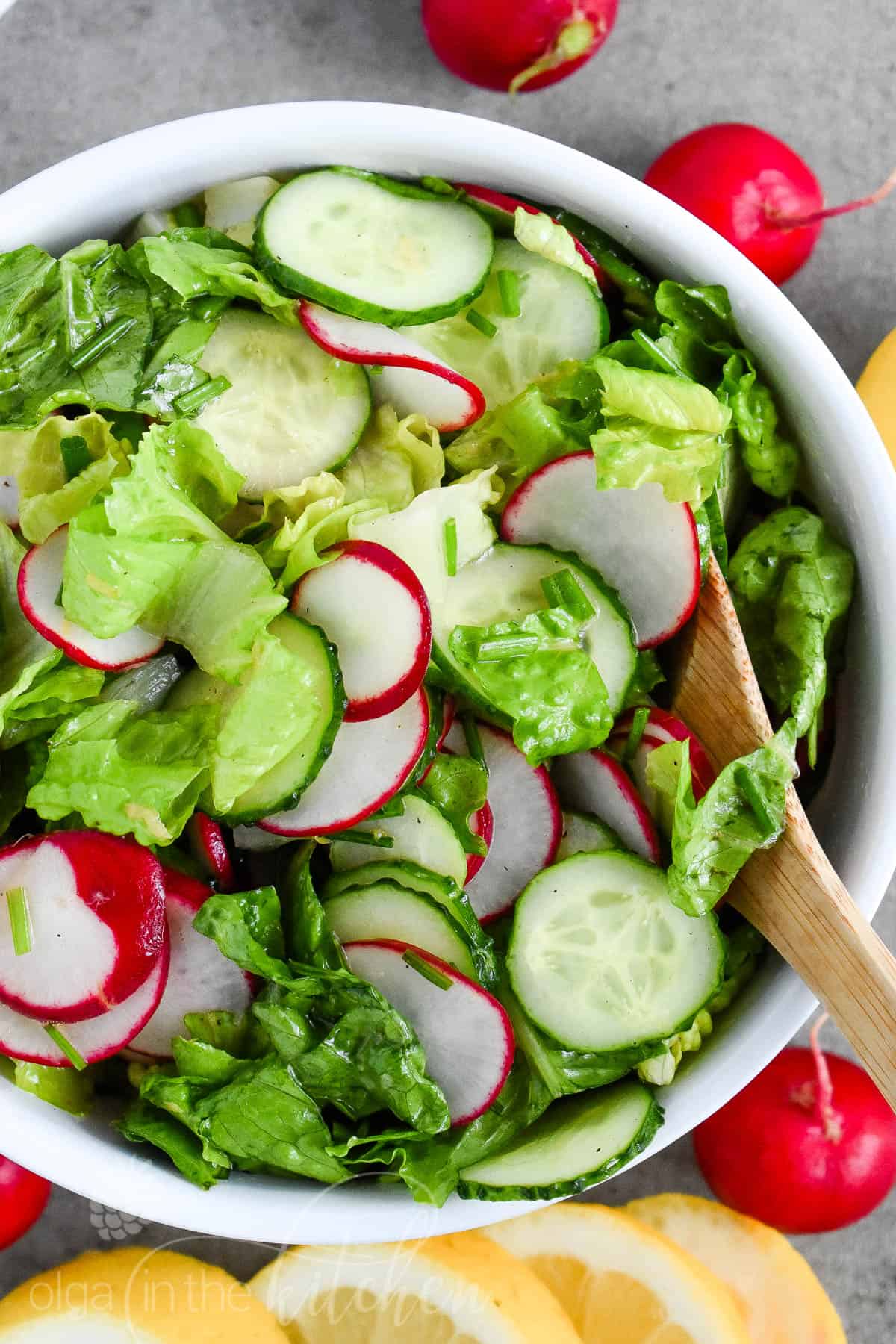
- Marigolds: Marigolds are a beautiful flower that also has insect-repelling properties. Planting marigolds near lettuce can help to deter pests such as aphids, beetles, and whiteflies.

- Chives: Chives are a fragrant herb that can also help to repel pests. Planting chives near lettuce can help to keep aphids and other pests at bay. Chives also add flavor to salads and other dishes.
- Garlic: Garlic is another herb that can help to repel pests. Planting garlic near lettuce can help to keep aphids, beetles, and other pests at bay. Garlic also adds flavor to salads and other dishes.
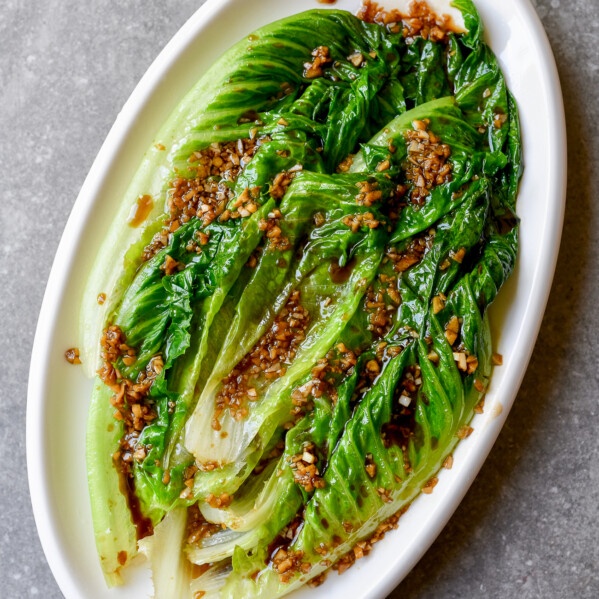
- Nasturtiums: Nasturtiums are a colorful flower that also has insect-repelling properties. Planting nasturtiums near lettuce can help to deter pests such as aphids, beetles, and whiteflies. Nasturtiums also add a pop of color to the garden.
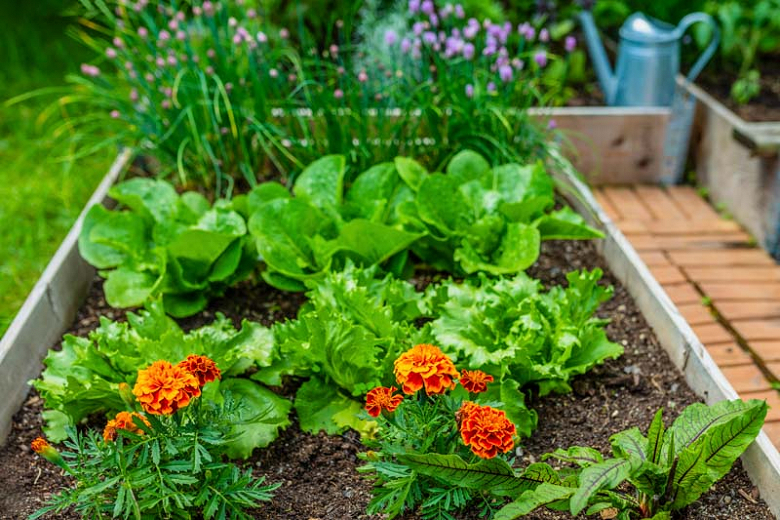
- Dill: Dill is a herb that attracts beneficial insects such as ladybugs and lacewings. These insects help to control pests such as aphids and thrips. Dill also adds flavor to salads and other dishes.
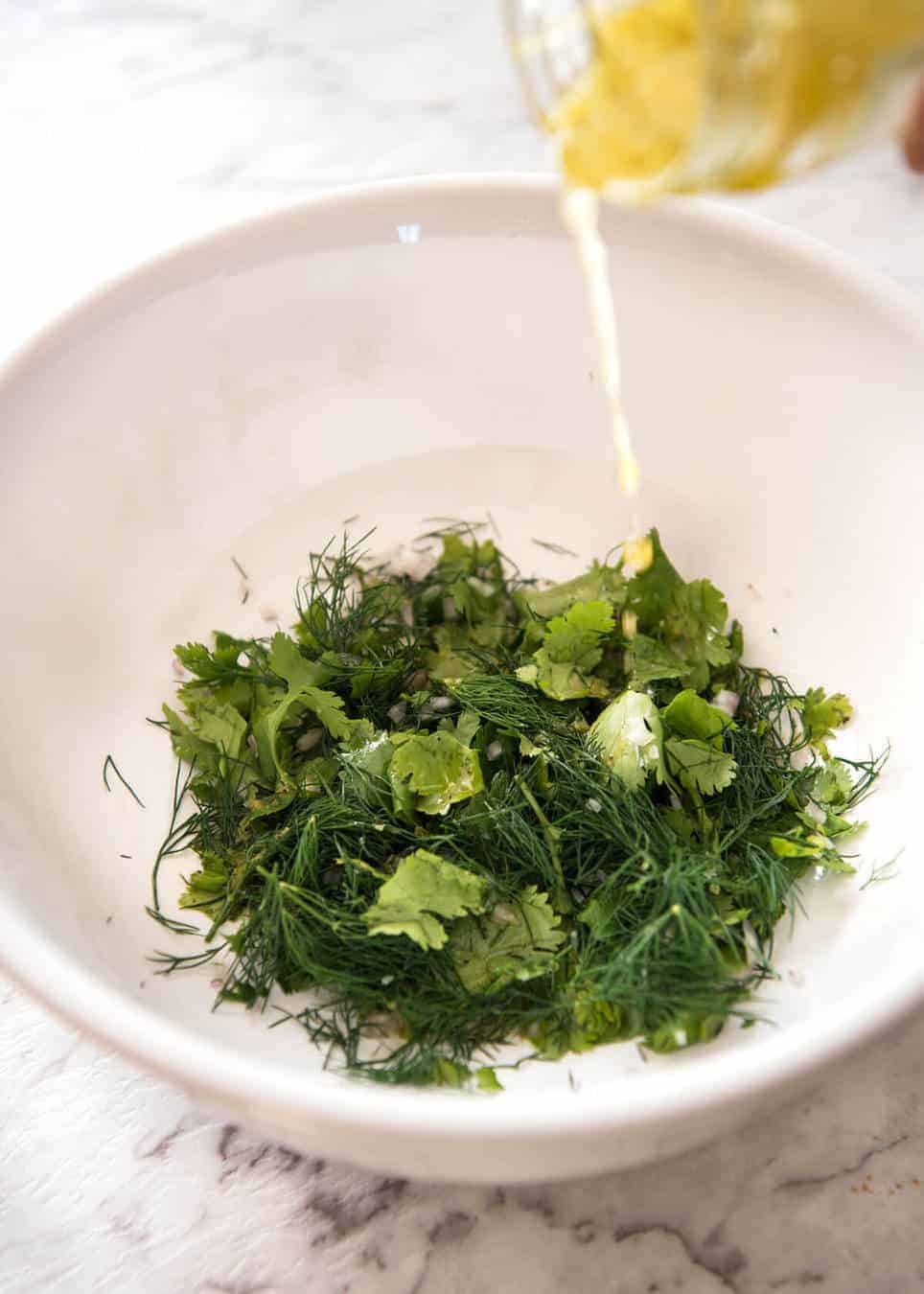
- Cucumbers: Cucumbers and lettuce can be planted together in a staggered pattern. Cucumbers grow upwards and lettuce grows outwards, so they don't compete for space. Cucumbers also help to shade lettuce, which can help to prevent it from bolting (flowering prematurely).
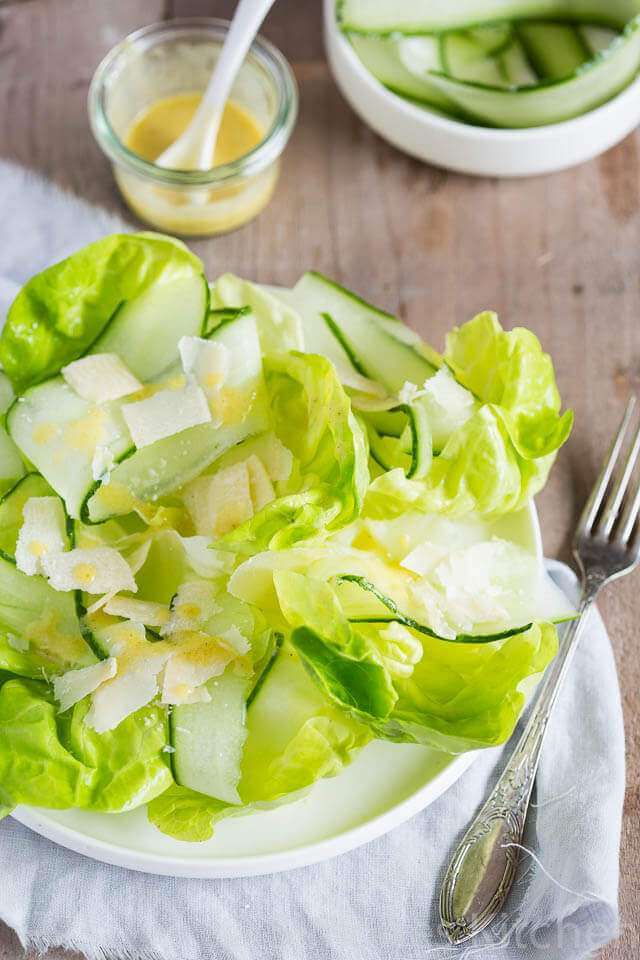
- Spinach: Spinach and lettuce can be planted together in a cool, shady spot. Spinach grows quickly and can be harvested in a few weeks, so it won't compete with lettuce for space. Spinach also helps to improve soil fertility, which benefits lettuce.
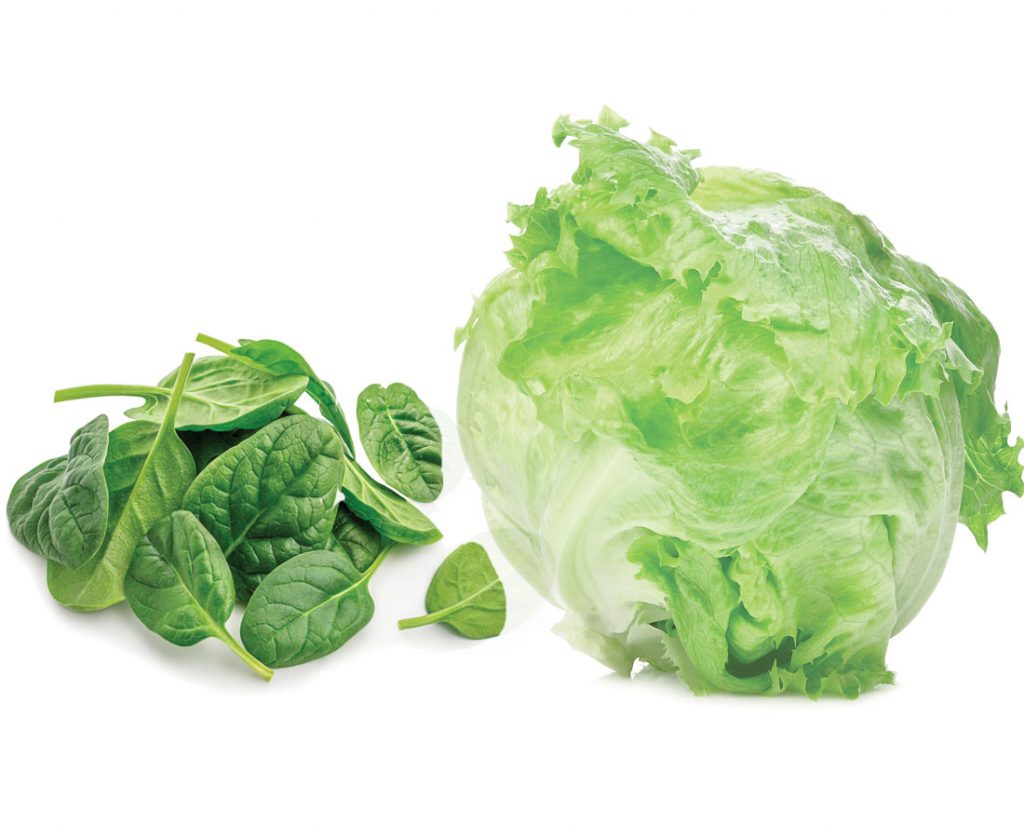
These are just a few of the many companion plants that can benefit lettuce. When choosing companion plants, it's important to consider the plants' growing requirements and the climate in your area. By planting the right companion plants together, you can create a healthy and productive garden that will produce delicious lettuce all season long.
FAQ of companion plants to lettuce
- What are some good companion plants for lettuce?
Some good companion plants for lettuce include:
* Carrots: Carrots and lettuce have different root systems, so they won't compete for resources. Carrots also help to repel pests, such as aphids and nematodes.
* Chives: Chives release an aroma that deters pests, such as aphids and cabbage moths. They also help to improve the flavor of lettuce.
* Marigolds: Marigolds are known for their insect-repelling properties. They can help to keep away pests, such as aphids, beetles, and nematodes.
* Nasturtiums: Nasturtiums attract beneficial insects, such as ladybugs and lacewings, which prey on pests that damage lettuce. They also help to improve the flavor of lettuce.
* Onions and shallots: Onions and shallots release sulfur compounds that help to repel pests, such as aphids and cabbage moths. They also help to improve the flavor of lettuce.
- What are some bad companion plants for lettuce?
Some bad companion plants for lettuce include:
* Broccoli: Broccoli and other members of the cabbage family are susceptible to the same pests and diseases as lettuce. Planting them together can increase the risk of your lettuce crop being affected.
* Cucumbers: Cucumbers and lettuce have different water requirements. Cucumbers need more water than lettuce, so planting them together can lead to the lettuce plants not getting enough water.
* Peas: Peas and lettuce have different soil pH requirements. Peas prefer a slightly acidic soil, while lettuce prefers a neutral soil. Planting them together can lead to the soil pH becoming too acidic for lettuce to grow well.
* Spinach: Spinach and lettuce have different growing seasons. Spinach is a cool-season crop, while lettuce can be grown in both cool and warm weather. Planting them together can lead to the spinach plants bolting (going to seed) before the lettuce plants have had a chance to mature.
* Tomatoes: Tomatoes and lettuce have different light requirements. Tomatoes need full sun, while lettuce can tolerate some shade. Planting them together can lead to the lettuce plants not getting enough sunlight.
- How far apart should I plant lettuce and its companion plants?
The exact spacing requirements for lettuce and its companion plants will vary depending on the specific plants involved. However, as a general rule of thumb, you should space lettuce plants about 6 inches apart and companion plants about 12 inches apart. This will give the plants enough room to grow and thrive.
- What are some tips for companion planting lettuce?
Here are some tips for companion planting lettuce:
* Do your research: Before you plant any companion plants with lettuce, take some time to research the specific plants involved. This will help you to ensure that they are compatible and will not compete for resources.
* Plan your garden layout: When planning your garden layout, take into account the sun exposure, water requirements, and soil pH requirements of all of the plants you want to grow. This will help you to create a garden that is both productive and harmonious.
* Monitor your plants regularly: Once your plants have been planted, it is important to monitor them regularly. This will help you to identify any potential problems early on and take corrective action as needed.
Image of companion plants to lettuce
- Basil. Basil is a great companion plant for lettuce because it helps to repel pests, such as aphids and mosquitoes. It also helps to improve the flavor of lettuce.

- Carrots. Carrots and lettuce are both cool-season crops that can be planted together. Carrots help to suppress weeds, and lettuce provides shade for the carrots, which helps to prevent the carrots from bolting.

- Cucumbers. Cucumbers and lettuce can be planted together in a staggered fashion. The cucumbers will grow up and over the lettuce, providing shade for the lettuce.

- Herbs. Many herbs, such as chives, dill, and mint, are good companion plants for lettuce. They help to repel pests and improve the flavor of lettuce.

- Spinach. Spinach and lettuce can be planted together in the same bed. They have similar growing requirements and will not compete for resources.

Post a Comment for " Companion Plants That Will Make Your Lettuce Thrive"